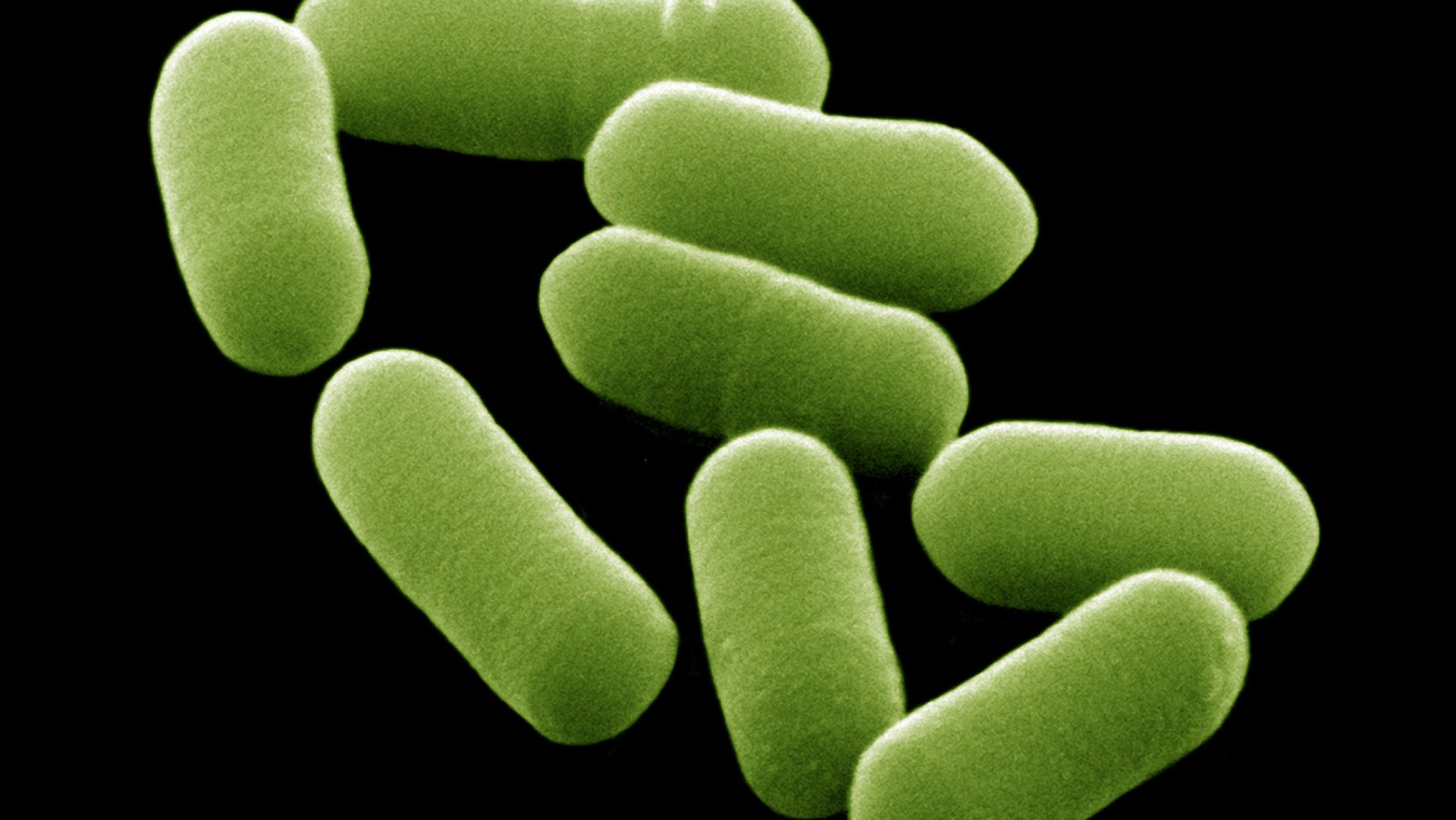Biogenic
Solar cells convert light energy into electrical energy. Massed together, they make up the solar panels used on the roofs of houses and elsewhere. The special thing about these new solar cells is that they are biogenic: they consist of living organisms.
Pigment
The researchers took a bacterium called Escherichia coli and modified its DNA so it produces large quantities of lycopene, a pigment. This substance gives tomatoes their colour and is extremely effective at storing light. Mixed with a semi-conductive material, these bacteria were applied to a plate of glass, coating it so one side of the cell functioned as an anode. At the final measurement, the scientists were able to obtain an electrical current density of 0.686 milliampere per cm2, nearly double that achieved in previous experiments with biogenic solar cells. In comparison, modern-day conventional solar cells have a current density in the range of 25–35 milliampere per cm2.
Economical
Earlier experiments with biogenic solar cells extracted the pigment from the bacteria. In addition to being costly and complex, this process also requires toxic solvents that can actually end up destroying the pigment. Leaving the lycopene in the bacteria cuts the production cost by around nine tenths. The researchers now want to find a way to keep the bacteria alive so they can continue producing the pigment indefinitely.
Clouds
Fully developed and optimised, these new hybrid solar cells will be every bit as efficient as conventional models. An added advantage is that the biogenic cells work just as well in weak light conditions as in direct sunlight. This news is welcome to places such as northern Europe and Canada, where clouds are never far away. There are other potential applications too, such as in mines, under water and in other low-light conditions.
Source: Srivastava et al. (2018) - A Biogenic Photovoltaic Material

